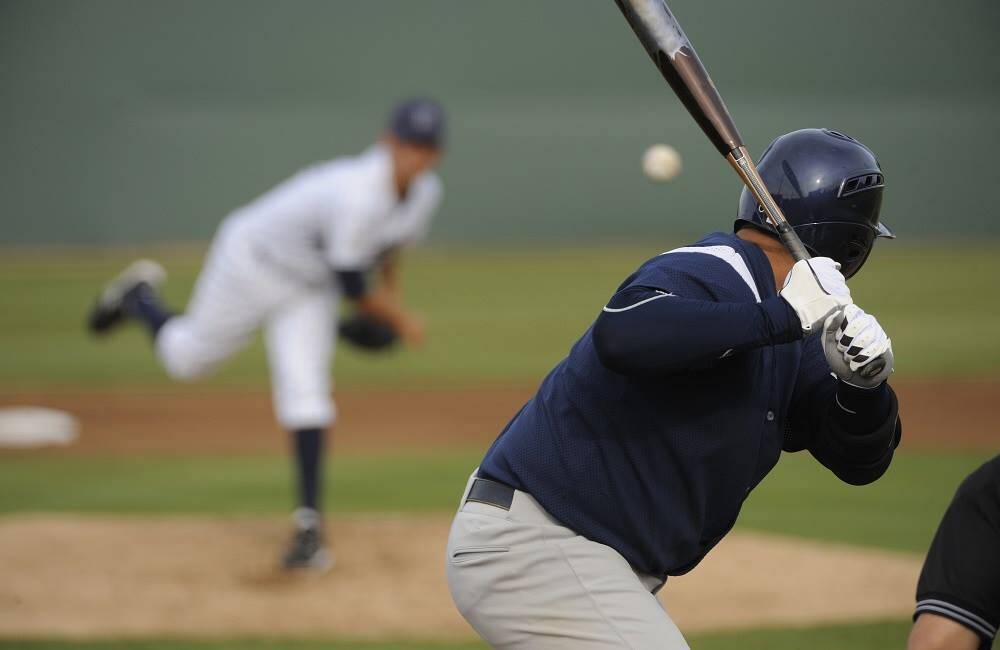Even the biggest of fans can get confused about the pitches in baseball.
Everyone understands a fastball. Most get a curve. But can you define a slider? A sinker? A slurve?
Pitches In Baseball
Here’s a quick guide to the most-used Major League pitches in baseball. If nothing else, you’ll win the next debate with your friends over what the pitcher just threw. It also gives both serious and casual fans renewed appreciation for pitchers, who have one of the most challenging positions in all of sports.
And only 60 feet and 6 inches to accomplish it.
Four-seam fastball
Essentially, the old-fashioned fastball. This is the “heater,” a pitcher’s straight pitch that gets to the plate in (typically) the 90 mph-plus speed range. The best fastball pitchers can reach closer to 100 mph.
Two-seam fastball
Gripped differently, this fastball typically has a bit of motion just as it reaches the plate. Two-seam fastballs have slightly less velocity than a four-seam fastball, but the movement is deceptive. The ball usually moves in the direction of the pitcher’s throwing land – to the right for right handers, to the left for left handers. It’s also viewed by some as a sinker, where the movement is slightly downward. But there’s debate over that.
Curveball
This is a frequently used “breaking ball” pitch, which simply means it has movement. In the case of the curve, this is usually a “12 to 6” movement, as in on the face of a clock. It comes in slower than a fastball, then suddenly drops down as it reaches the plate.
Slider
Like the curveball, a slider is about deception. It looks more like a fastball than a curve and has higher velocity. But when it reaches the plate, it breaks down and away from the hitter. A “slurve” is a breaking pitch that operates somewhere between a curveball and a slider, generally with “11 to 5” movement.
Changeup
Perhaps the most deceptive pitch in a hurler’s arsenal. When throwing a changeup, a pitcher releases the ball exactly like a four-seam fastball. However, it’s thrown in the 80-mph range, causing batters (who have only a split second to read a pitch) to swing “ahead” of the pitch. This is one that causes many strikeout victims to bang their bat in frustration.
Cutter
This is another “fastball with slight movement” pitch, like the two-seam fastball. However, cutters typically cut in at the last second toward the batter. This pitch is not widely used, but for those with a cutter in their pitching arsenal, it’s very effective.
Splitter
A slower pitch that breaks sharply downward when it reaches the plate.
Screwball
Basically, this is a breaking pitch that breaks in the opposite direction of most other breaking pitches. It’s hard to throw and relatively rare in today’s game. The breaking action moves in “1 to 7” direction.
That’s not every pitch in the book, of course, but it’s a good start. In the game itself, pitchers can use a variation of all these pitches to record an out. Knowing what they are throwing and how they use various pitches to deceive batters make watching a game that much more enjoyable.


Nice explanation. Thank you
Knuckleball?
Hardly anyone throwing it now. Waldron of the Padres only one of very few. And he’s back in the minors.